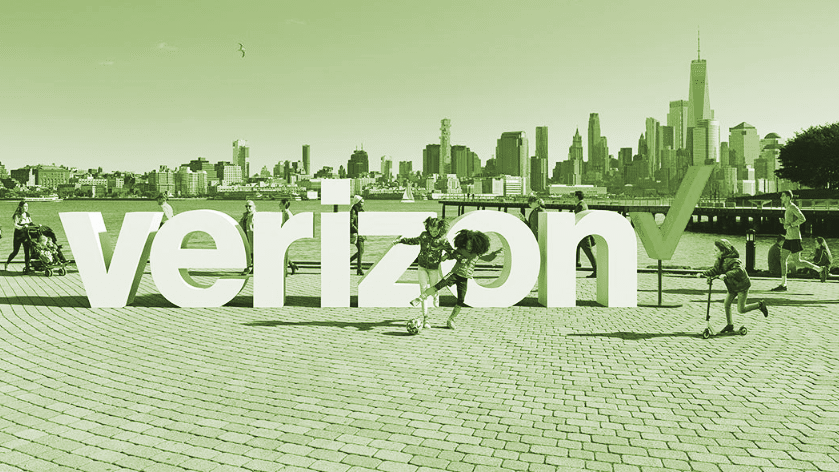Verizon completes 5G standalone core trial
Advanced network slicing and IIoT use cases will be enabled by Verizon’s shift from 4G LTE-supported 5G to a standalone 5G infrastructure.

Verizon 5G has hit a significant milestone, completing its first successful end-to-end data session over its new 5G network standalone core. This shift to standalone 5G will enable a host of new 5G use cases, especially for IoT applications in manufacturing, where low latency is a vital component in 5G’s viability in industrial settings.
Following the completion of this successful data session trial, Verizon says that it will start moving traffic onto the new core in the second half of 2020, with full commercialization in 2021.
"By building this 5G core with cloud-native containerized architecture, we will be able to achieve new levels of operational automation, flexibility and adaptability."
Bill Stone, Verizon.
“The 5G standalone core is critical for unleashing the most advanced benefits of 5G technology including remarkable levels of programmability to manage the advanced solutions and exponential traffic that 5G will bring,” said Bill Stone, Vice President of Planning for Verizon. “By building this 5G core with cloud-native containerized architecture, we will be able to achieve new levels of operational automation, flexibility and adaptability.”
5G network core
The network core is the part of the network that enables IP connectivity between a customer on the Verizon network, and the services that a customer wants to use such as Internet access, voice calls and enterprise applications. And by reducing the complexity of the relationship between the edge and core, and by enabling dynamic network slicing (the ability to allocate multiple, virtual networks), Verizon’s service level will now support industrial use cases.
“5G technology will bring about solutions in manufacturing, retail, entertainment, sports, education and countless other areas we have not even dreamed of yet,” said Stone. “The network we are building, from the base of the 5G technology, to the advancements in the Radio Access Network, to the architectural design changes in the core of the network, are all critical to ensuring we have the most advanced and robust network to support the life- and societal-changing solutions that will come with this new technology.”
According to Verizon, the 5G standalone core’s cloud-native virtualized application, will also allow for “automated network configuration changes, including the ability to scale up or scale down network function capacity - to provide the right service levels and network resources needed for each use case”.
Earlier this week Verizon and Ericsson also completed a proof-of-concept trial using new Integrated Access Backhaul (IAB) technology to deliver Verizon’s 5G Ultra Wideband service without the need for fiber installations, relying instead on a dedicated portion of available mmWave bandwidth to connect to the core network.
Get up to speed with 5G, and discover the latest deals, news, and insight!
- Discover the best 5G networks in the UK and US
- Get your hands on the hottest 5G phones
- Millimeter wave: the secret sauce behind 5G
- The complete guide to 5G security
- We reveal the latest 5G use cases
- Discover the truth behind 5G dangers
- 5G towers: everything you need to know
Dan is a British journalist with 20 years of experience in the design and tech sectors, producing content for the likes of Microsoft, Adobe, Dell and The Sunday Times. In 2012 he helped launch the world's number one design blog, Creative Bloq. Dan is now editor-in-chief at 5Gradar, where he oversees news, insight and reviews, providing an invaluable resource for anyone looking to stay up-to-date with the key issues facing 5G.

